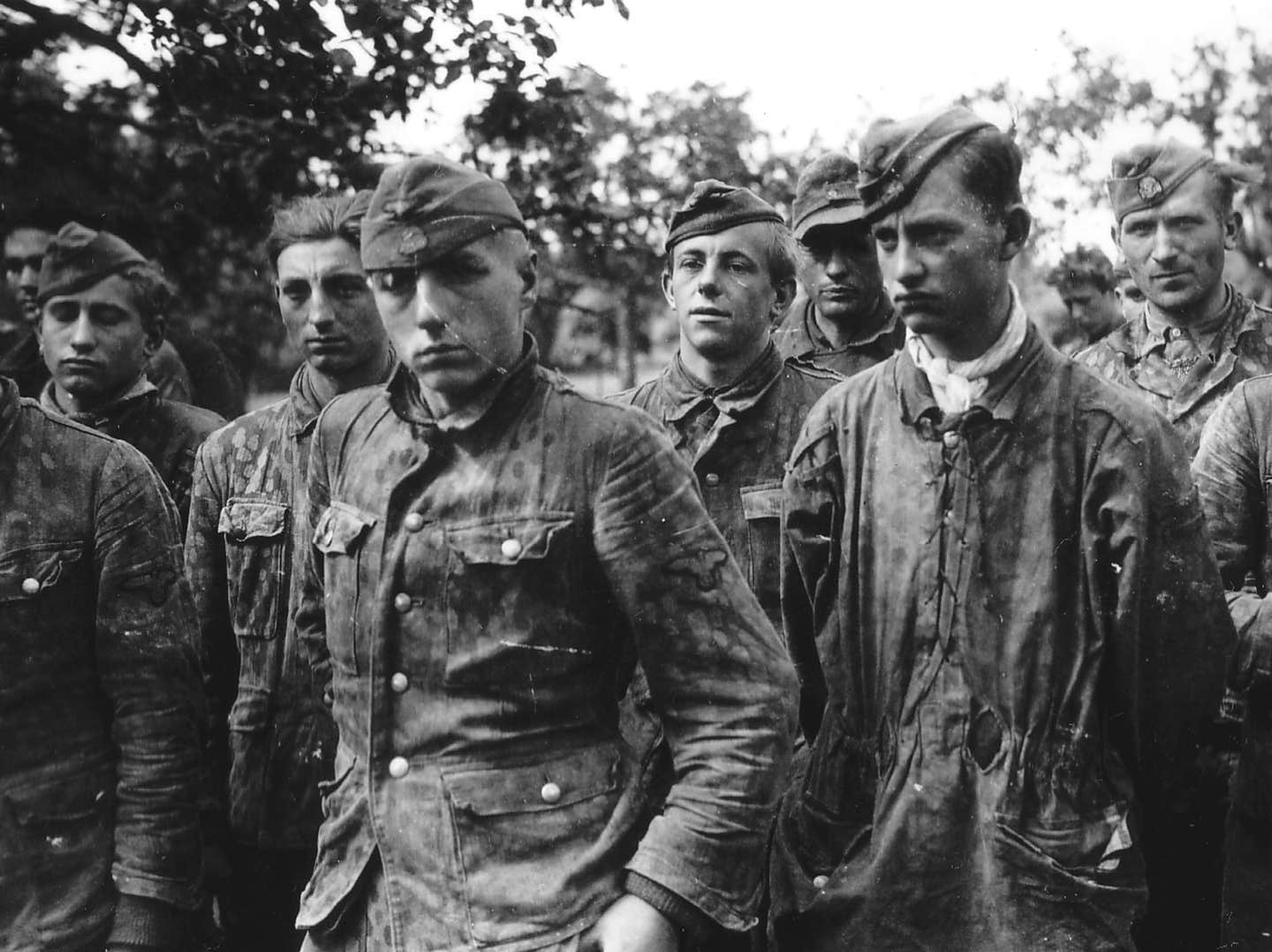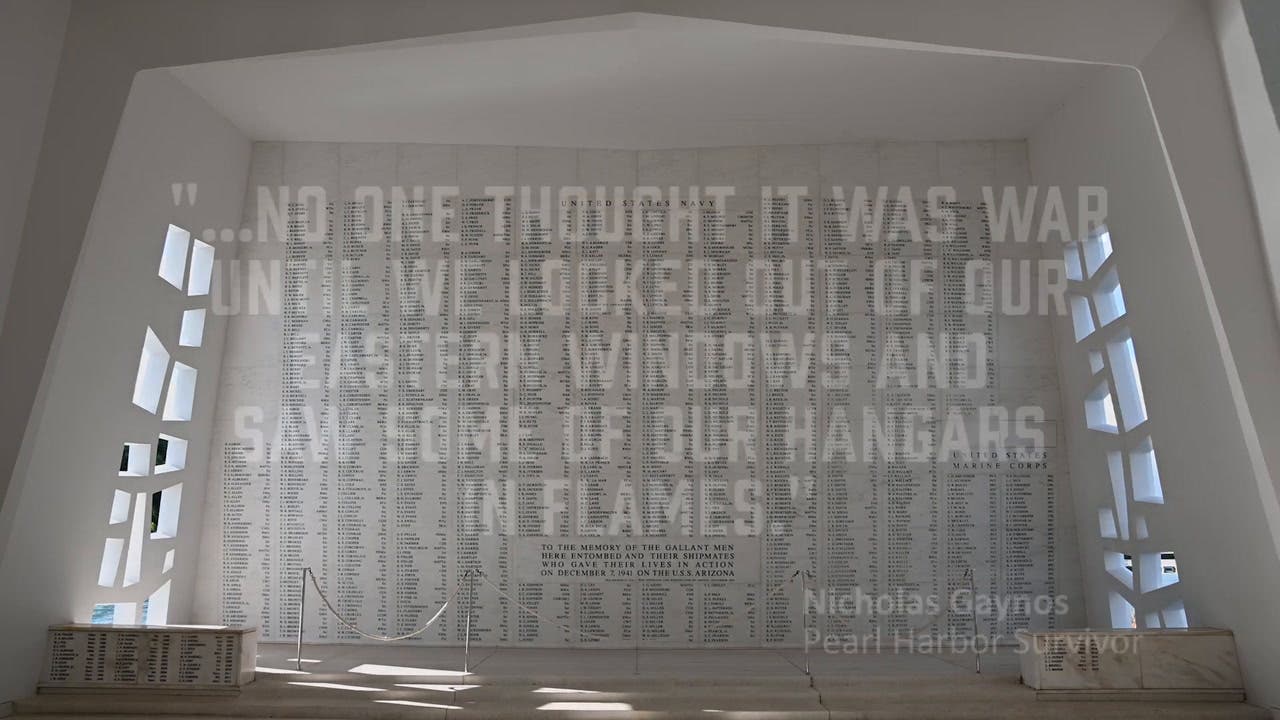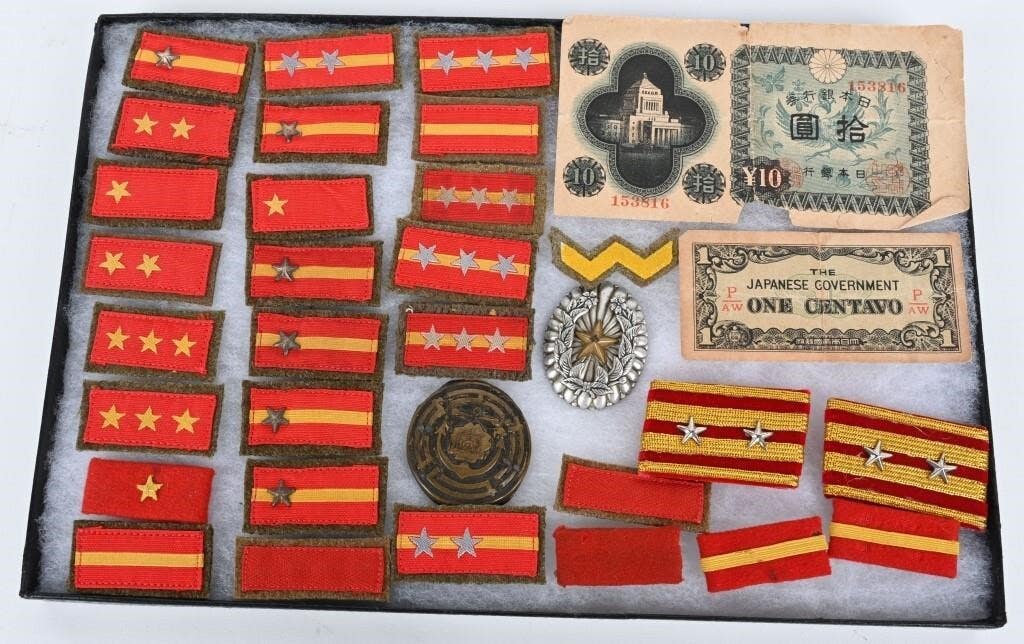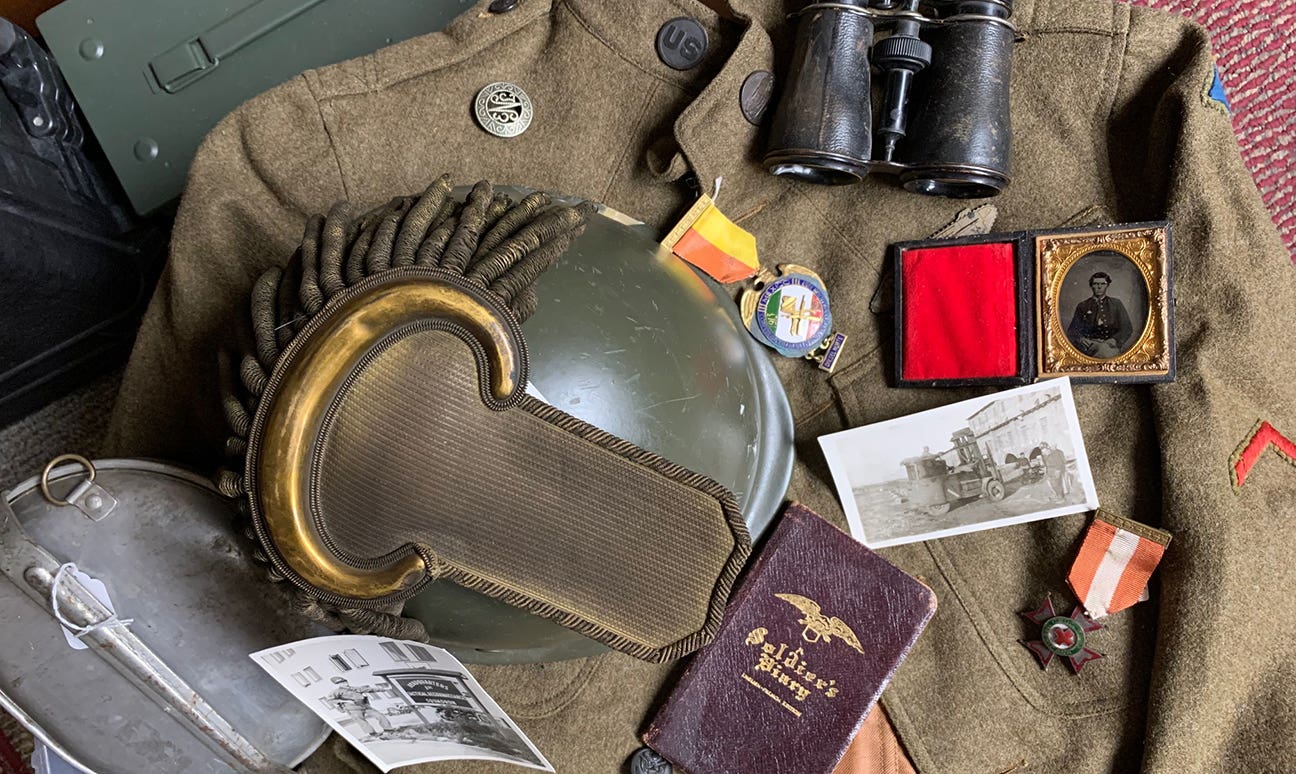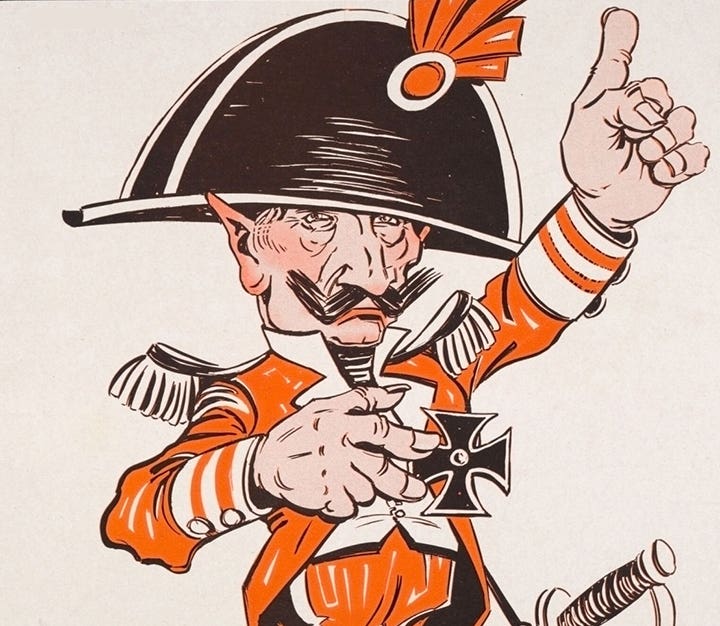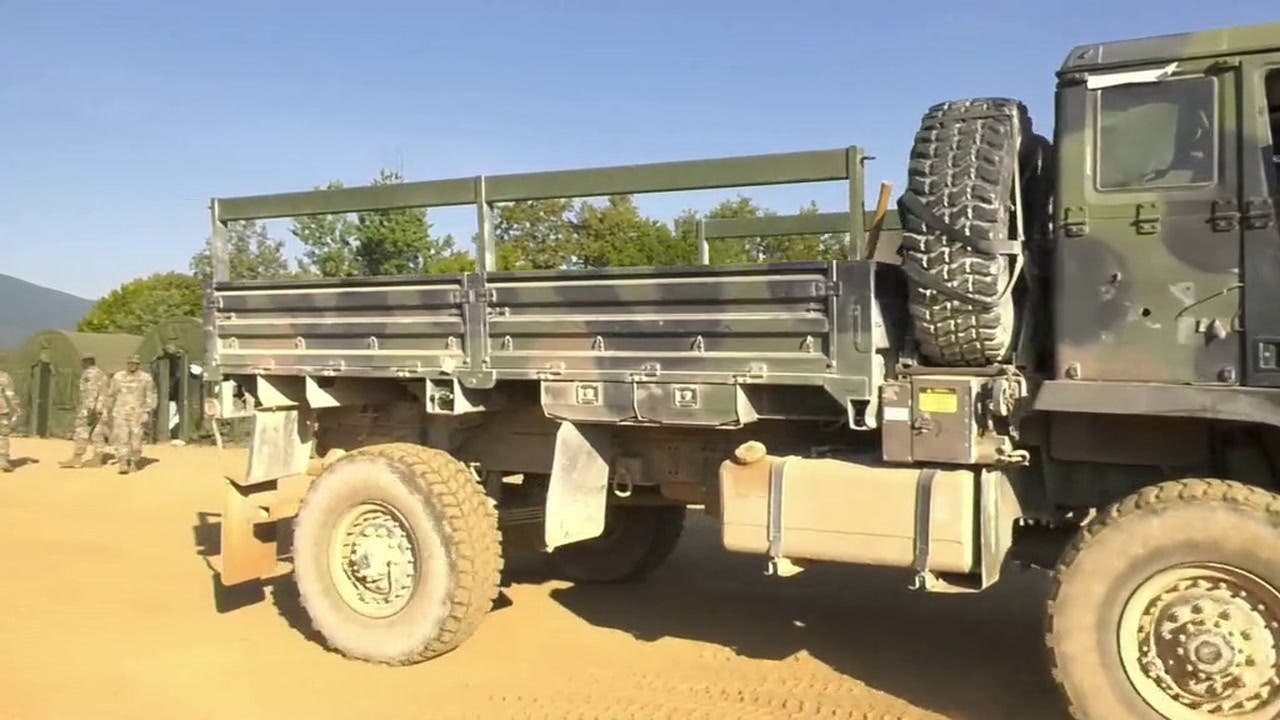Do You Know Your Customers?
STEP RIGHT UP! The fall show season is here. Whether you are going to the MAX Show in Pennsylvania, the First Florida Fall Rally in Florida, Camp Plymouth in California,…
STEP RIGHT UP!
The fall show season is here. Whether you are going to the MAX Show in Pennsylvania, the First Florida Fall Rally in Florida, Camp Plymouth in California, or the Great American Jeep Rally in Missouri, there is one thing they all have in common: The customers. And while each show and aspect of our hobby have their own unique characteristics, the people who come to shop at relic and military vehicle shows tend to be the same, the world over. The key to our success as vendors is to recognize the specific customer types and learn how to interact with each.
FIVE BASIC CUSTOMER CATEGORIES
I bet each of you has at least one good customer story. I have tried to categorize my stories into a few specific customer types. This wasn’t done scientifically, though. These observations are simply a gathering of my experiences from the dealer side of the tale.
- SERIOUS BUYER
These are the people we wish were more plentiful at any show. They walk through with the skill of cats looking for prey. You can spot them before they spot you — because their heads are always looking down at tables as they move swiftly through the show.
The serious buyers are the people who are willing to pay for early admission or are in line to get in long before the show opens. They have specific items in mind and are willing to buy. They won’t waste your time with a lot of talk, but they are also going to push you for a price below what you have an item marked.
- CASUAL BUYER
The casual buyer loves attending shows but isn’t willing to pay extra or spend more time in line to guarantee “first eyes” on the show. But, that isn’t to say they are buyers. They will spend money, but they are more relaxed about it. They will generally spend a lot of time talking to you before making a purchase, but they do pull out the wallet eventually.
- “I’LL BE BACK”
The “I’ll-be-backs” will spend a lot of time at your table talking to you while they fondle one or several items. They tend to tell you why your item is so nice. You may spend a lot of time with the “come-back” customer only to learn, he or she “will come back” for whatever item it was they liked.
My advice to you is to not get trapped in the “Put this under your table — I will be back.” Do not put anything off the table or out of sale without a down payment. If they really mean they are going to come back for an item, they will put some money down. Heck, why not just pay for it now? Then, it is no problem to store it for them until they return.
- TIRE KICKERS
The tire kicker and the know-it-all share the same group. They are probably not serious collectors, but they do like history — and generally know some aspect of it quite intimately.
Unfortunately for dealers, the thrill for the tire kicker or know-it-all isn’t in making purchases. Rather, the satisfaction of the show for them is if they find a person who is willing to listen to their knowledge.
For many of these types, the most they are going to spend at the show is on admission and snacks at the food counter. Unfortunately, they demand a lot of a dealer’s time and patience.
In our environment — just like a water bug on a lake — the tire kicker does serve a purpose. The water bug can attract fish to a particular area of a lake. Similarly, a tire kicker can give your sales area the impression of being busy. However, and again, just like the water bug, a tire kicker can feel more like a pest than a benefit!
- WHATTYA GIVE ME’s
If you see a person carrying a bag or a bundle of something, tread lightly. That person may be just carrying a prior purchase. They may also be carrying something they want to sell — and you will want to buy.
A simple question like, “Have you got something to sell?” is enough to break the ice. In many instances, the person is not an experienced seller and is really throwing themselves at the mercy of the dealers. Treat them with respect. They might just have the one item under their arm with a house full of great militaria still untouched.
They won’t have a price in mind, hence, the nickname, “Whattya give me?” Again, you are taking a gamble when you answer. You could low-ball the person and get a nice relic to flip. On the other hand, that person will talk to others at the show after the sale. You don’t want them to hear that you put the screws to him.
Your reputation is everything in this hobby. Interactions with the Whattya-give-me’s is where it is made or broken.
IT TAKES ALL TYPES
Every show has a mix of all the aforementioned types of customers. I bet there are still more, though! I would love to read about your own observations. While the stories can be entertaining, our goal is to figure out how to make the best connections with our customers.
While working in my family's store, Dad used to remind me, “One happy customer tells two others. One unhappy one tells eleven.” That was long before “social media” was even imagined. I suspect those numbers are far different today. So, we need to do better to insure that our customers walk away as happy ones — it’s the path to our success as militaria and military vehicle dealers.
Preserve the memories,
John Adams-Graf
Editor, Military Trader and Military Vehicles Magazine
Do you have a good customer interaction story to share? Send it to me at jadams-graf@aimmedia.com.



